Video
Guantanamo Bay Museum of Art and History
BY Ian Alan Paul
THEME LEADER James Bridle
SUPPORTED BY University of Melbourne, as part of the NGV Triennial – exploring the emerging intersections of art, design, science and society.
Founded in 2012, the Guantanamo Bay Museum of Art and History operates as a critical fiction and experimental documentary, asserting that the Guantanamo Bay detention facilities have been closed and replaced by a museum that critically reflects on the social and political significance of the prison. The museum features an array of contemporary art exhibitions, public programs, and a center for critical studies that are all freely accessible on the speculative institution’s website: http://www.guantanamobaymuseum.org/.
The selection of works from the Museum’s Tipton Three Exhibition Space presented here include Hope Floats and Arrows to Mecca by Carling McManus and Jen Susman. In the former, 779 pieces of white bread are set adrift on a man-made pond, one for each of the the 779 individuals detained at Guantanamo Bay. In Arrows to Mecca, the artists use water to replicate the small painted arrows found in the Guantanamo Bay Detention Camp, superimposing them onto a suburban American landscape. Jenny Odell’s series of works All of the People on Google Earth uses satellite imagery reduced to the trace of the human; in this case, all the people visible within the prisons of San Quentin and Centinela Federal Prisons in California. The individuals are reduced to their shadows – all that is visible from space – yet still present a concrete picture of otherwise hidden incarceration. Adam Harms’ Performing the Torture Playlist is a collection of videos of “regular Americans” performing karaoke performances of some of the pop songs revealed in 2003 to be used by Guantanamo interrogators to torture detainees through noise and sleep deprivation. Finally, Fiamma Montezemolo’s date-stamped “Exit Only” ticket for the Museum is an ironic comment on a place for which entrance is “free”, but exit near impossible.
The works are accompanied here by an essay by Derek Gregory exploring the “state of exception” of Guantanamo Bay; the history of such contested spaces, and the contorted legal and geographic wrangling that surround them.
- Guantanamo Bay Museum of Art and History
- Guantanamo Bay Museum of Art and History
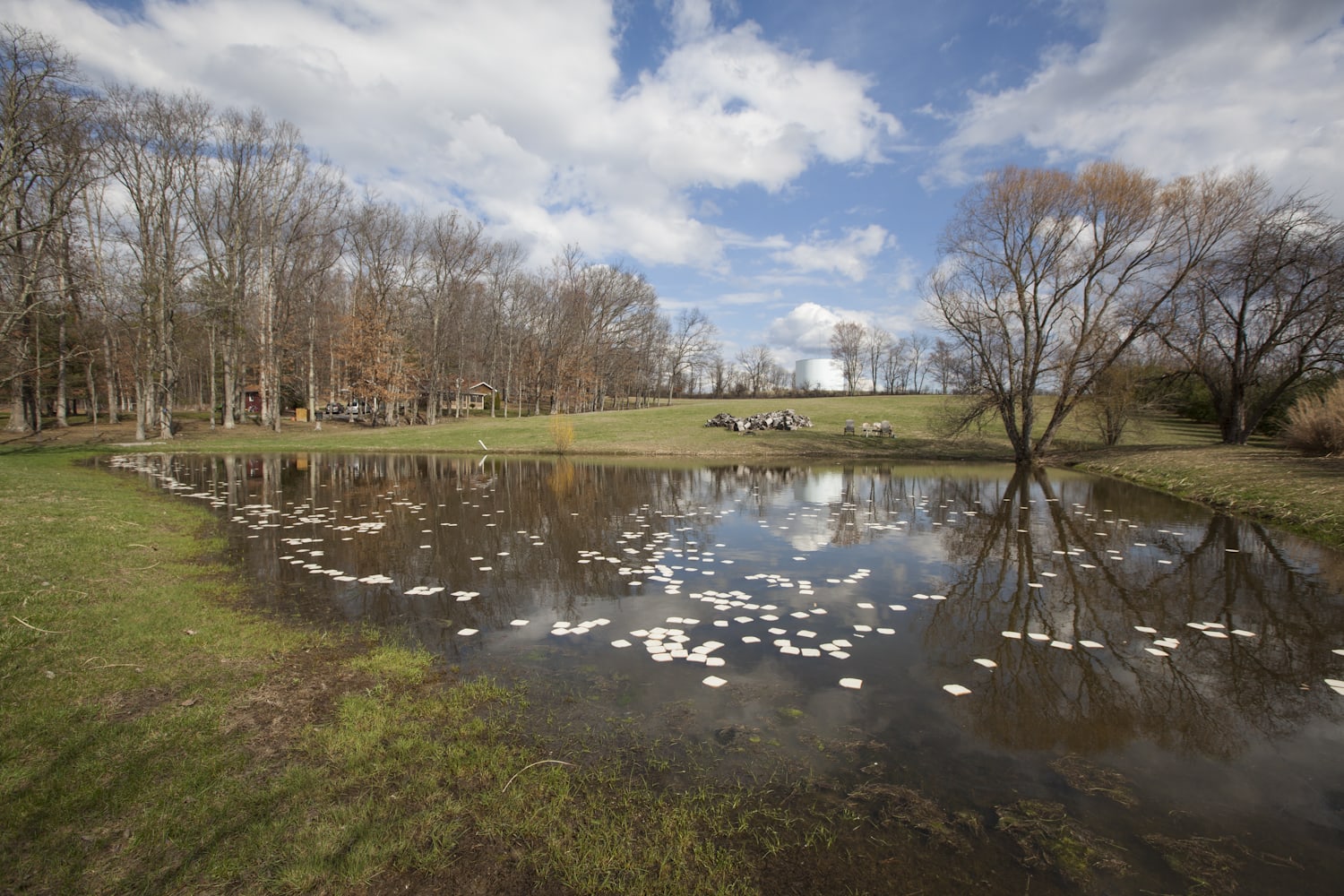
- Susman McManus – Hope Floats
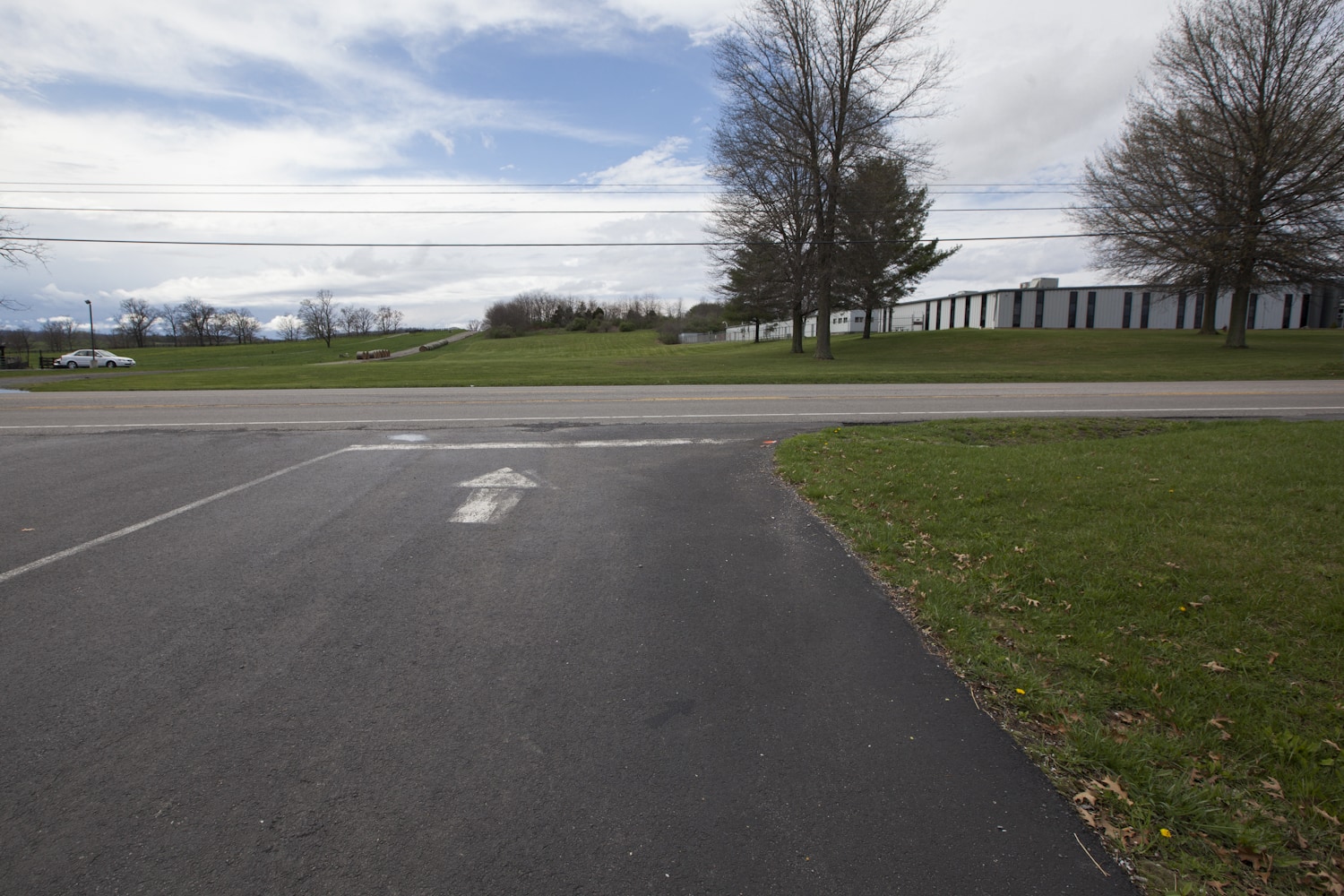
- Susman McManus – Arrows to Mecca
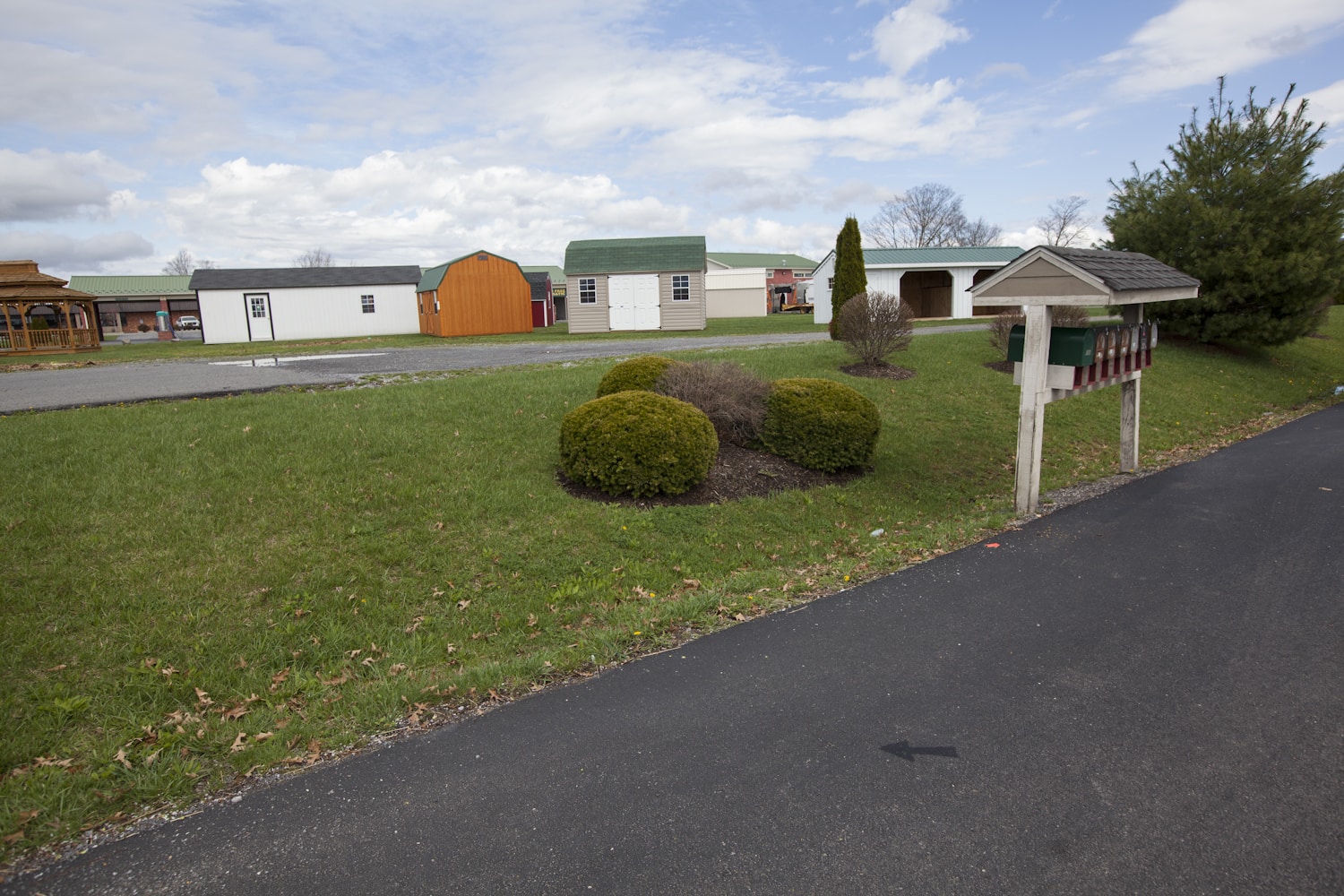
- Susman McManus – Arrows to Mecca
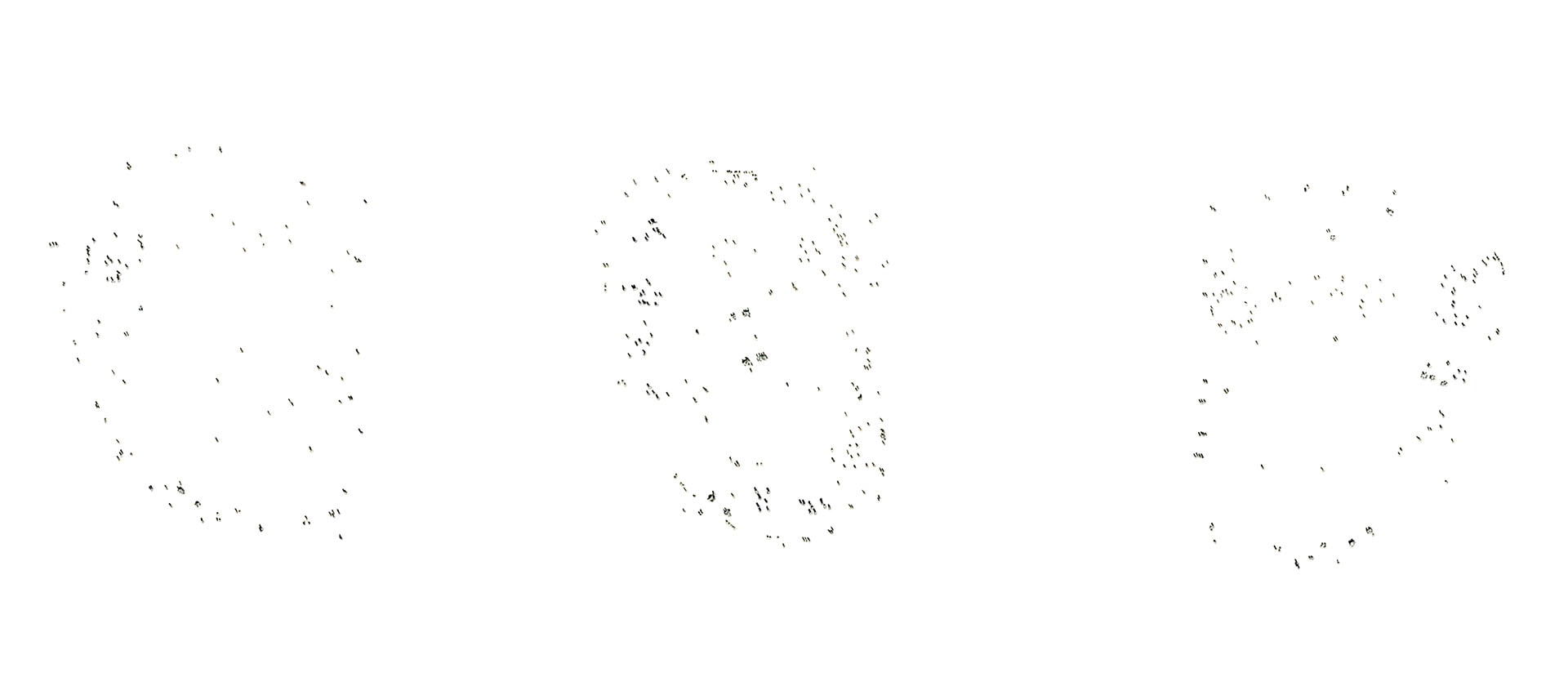
- Jenny Odell- All the People in Centinela Federal Prison
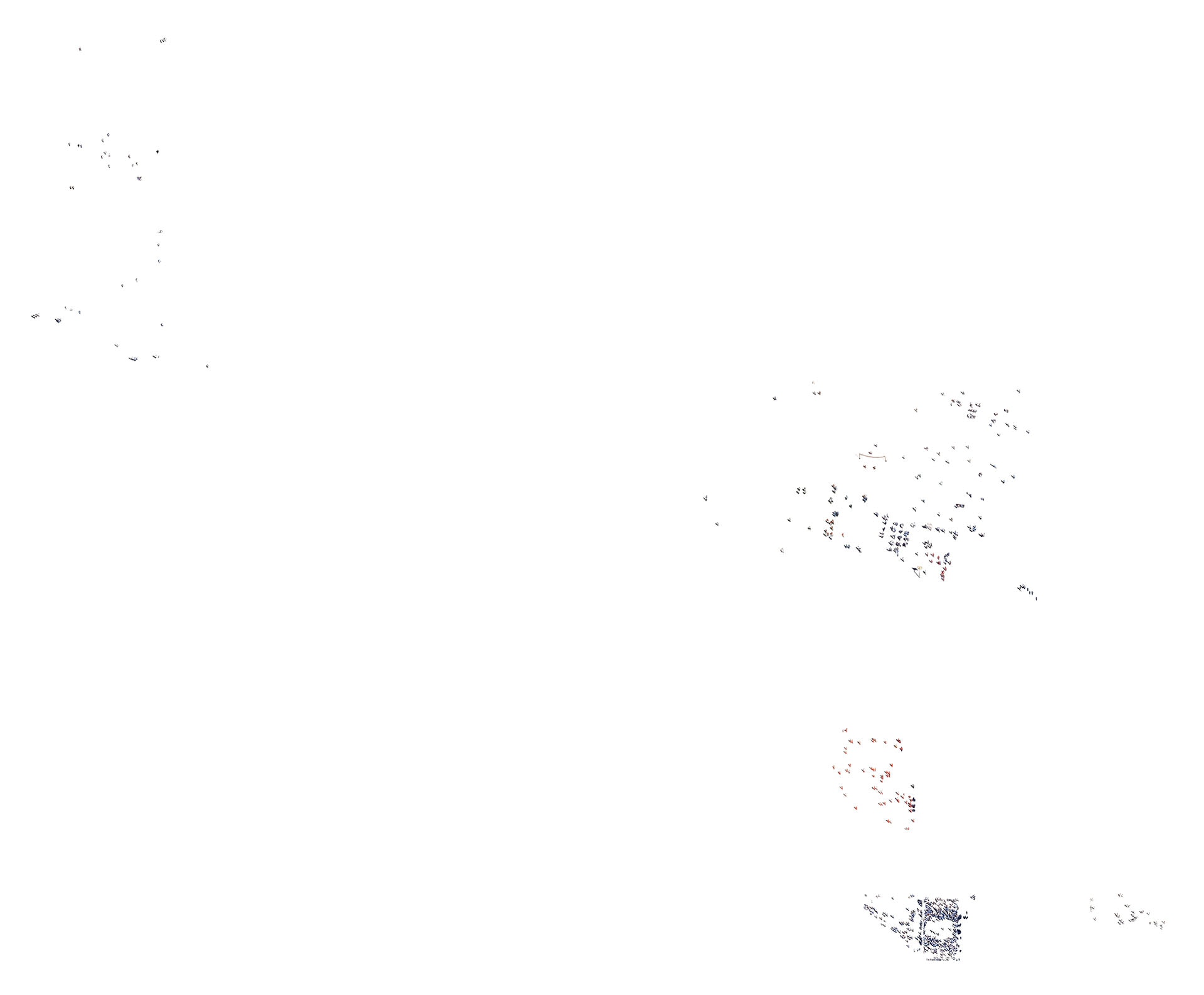
- Jenny Odell- All the people in San Quentin
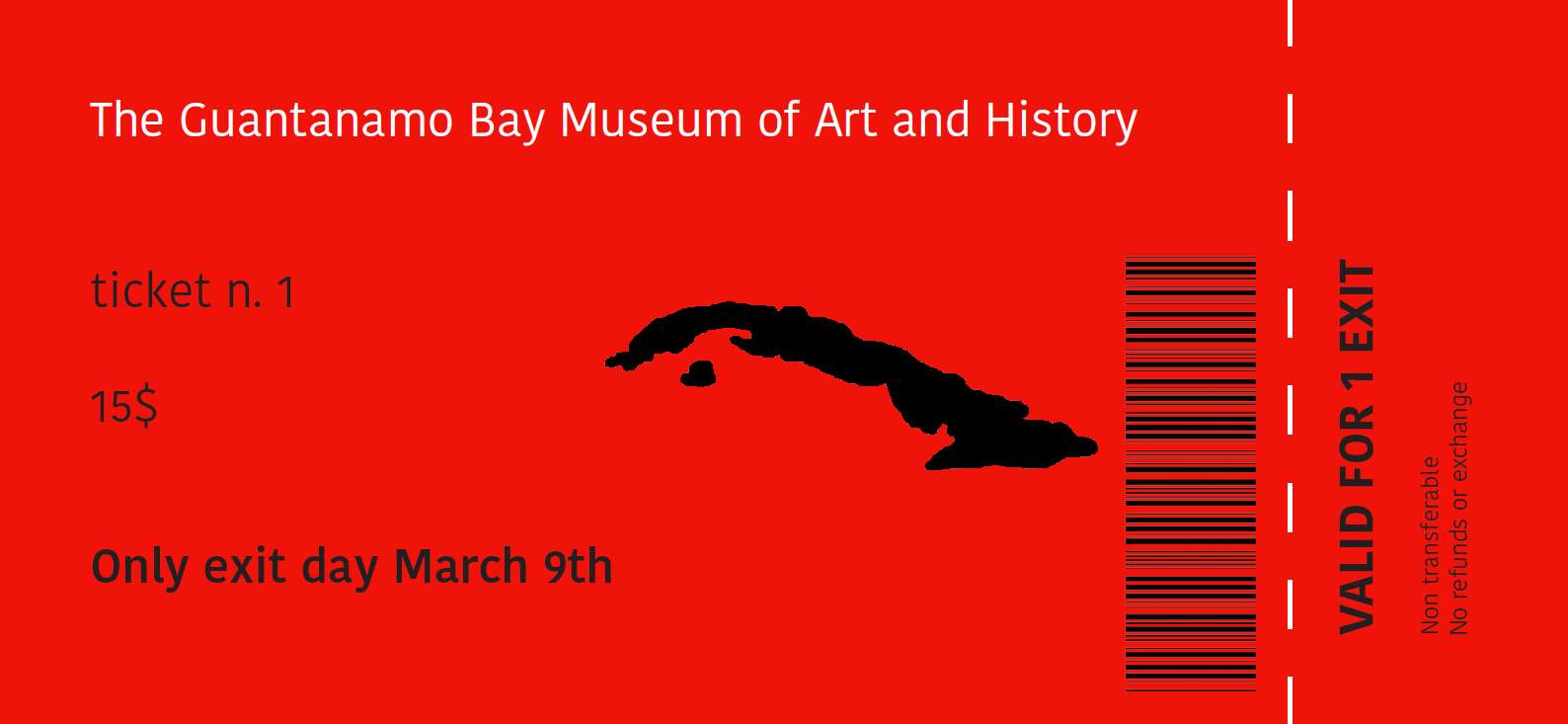
- Fiamma Montezemolo- Exit Only
Ian Alan Paul is a transdisciplinary artist, theorist, and curator. His practice encompasses experimental documentary, critical fiction, and media art, aiming to produce novel conditions for the exploration of contemporary politics and aesthetics in global contexts. His projects often incorporate digital/new media, performance, and installation, and are informed by prolonged engagements with continental philosophy and critical/queer/feminist theory. His recent work has approached topics such as the Guantanamo Bay Prison, Fortress Europe, the Zapatista communities, Drone Warfare, and the military regime in post-revolution/post-coup Cairo. Ian has taught, lectured, and exhibited internationally, and has had his work featured in The Atlantic, Al Jazeera, Le Monde, Art Threat, Mada Masr, Jadaliyya, Art Info, and C Magazine, among others. He received his PhD in Film and Digital Media Studies from UC Santa Cruz in 2016 and his MFA and MA from the San Francisco Art Institute in 2011. His work can be found at http://www.ianalanpaul.com/.
Carling McManus and Jen Susman met during their MFA program at the San Francisco Art Institute. They became immediate collaborators on a range of projects from time-based work that premiered at SFMOMA to a storefront installation that was exhibited in the heart of San Francisco’s Mission District. Currently, they live and work in West Virginia.
Jenny Odell is a Bay Area native who makes art from Google satellite imagery. (Portentiously, Odell was born not 6 miles from where the Google Headquarters would eventually be.) Her work attempts to catalog the specificity and fragility of human existence, either through collections of everyday structures like swimming pools, parking lots, and billboards, or by isolating crowds on Google Earth from their surroundings. Odell’s work has been featured at the Google Headquarters and Les Rencontres D’Arles in France, as well as on the NPR Picture Show, Rhizome, Gizmodo, ESPN Magazine, Die Zeit, NEON Magazine, and Elephant Magazine. You can view more of Jenny Odell’s work at her own website at www.jennyodell.com and you can follow her on twitter at @the_jennitaur.
Adam Harms is a web developer and fiction writer living in Los Angeles. He received his B.A. in performance and installation art from University of California Santa Cruz and co-founded Tight Artists—a now-defunct net art collective and interactive social gallery. In addition to showing and curating work in exhibitions worldwide, he also writes fiction under an undisclosed pen name.
Fiamma Montezemolo is both an artist (MFA, San Francisco Art Institute) and a Cultural Anthropologist (Ph.D, University Orientale of Naples). She is an established scholar in border studies and an Associate Professor in the Department of Cinema & Digital Media at the University of California, Davis. She is the author of La Mia Storia Non La Tua: La Dinamica Della Costruzione Dell’identita’ Chicana Tra Etero- e Auto-rappresentazioni (Guerini, 2004) and Senza volto: L’etnicità e il genere nel Movimento Zapatista (Liguori, 1999). She is also a co-author of Here is Tijuana (Blackdog Publishing, 2006) and co-editor of Tijuana Dreaming: Life & Art at the Global border (Duke UP, 2012). As an artist she situates her work as a critical extension of the ethnographic turn in contemporary art. She works with various media, including installation, video, performance, digital photography, archives, cartography and ethnography. Her artwork has been widely exhibited both nationally and internationally. She is represented by the Magazzino Dell’Arte Moderna gallery in Rome.
Martin Puchner holds the Byron and Anita Wien Chair in Drama and in English and Comparative Literature at Harvard University, where he also serves as the founding director of the Mellon School of Theater and Performance Research. He is the author of Stage Fright: Modernism, Anti-Theatricality, and Drama (Hopkins, 2002), Poetry of the Revolution: Marx, Manifestos, and the Avant-Gardes (Princeton, 2006; winner of the MLA’s James Russell Lowell Award) and The Drama of Ideas: Platonic Provocations in Theater and Philosophy (New York: Oxford University Press, 2010). He has published essays in the London Review of Books, Raritan Review, N+1, Yale Journal of Criticism, The Drama Review, The Journal of the History of Ideas, New Literary History, Theatre Research International, and Theatre Journal among others. You can read more about his work at http://www.people.fas.harvard.edu/~puchner/.